POLY CAS 9007-20-9
POLY CAS No.:9007-20-9
- Chemical Name: POLY
- CAS No: 9007-20-9
- Assay: ≥99.0%
- Appearance: colorless clear liquid
Description
POLY CAS No.:9007-20-9
POLY CAS 9007-20-9 for sale online at Research Chemicals Lab.
Buy Poly (acrylic acid) (PAA; trade name Carbomer) is a polymer with the formula (CH2-CHCO2H) n. It is a derivative of acrylic acid (CH2=CHCO2H). In addition to the homopolymers, a variety of copolymers and crosslinked polymers and partially deprotonated derivatives thereof are known and of commercial value.
In a water solution at neutral pH, PAA is an anionic polymer, i.e., many of the side chains of PAA lose their protons and acquire a negative charge. Also, Partially or wholly deprotonaated PAAs are polyelectrolytes, with the ability to absorb and retain water and swell to many times their original volume. These properties – acid-base and water-attracting – are the bases of many applications.
Specification POLY CAS 9007-20-9:
| Item | Result |
| Appearance | colorless clear liquid |
| Purity | 99.0% Min |
| Boiling point | 116 °C(lit.) |
| Density | 1.2 g/mL at 25 °C |
POLY Usage
Used in power plants, iron and steel plants, chemical plants, fertilizer plants, oil refineries and air conditioning systems and other circulating cooling water systems to prevent scaling
In addition, Carbomers are acrylic acid polymers that are used for a variety of purposes. They are used in pharmaceutical processes as suspending agents, gel bases, emulsifiers, and binding agents. They are also used as artificial tears. Carbomer 974P is a carbomer that is the major non-aqueous component (5% polymer, 94% water) of a proprietary formulation called BufferGel. Which also contains dibasic potassium phosphate, magnesium sulfate, dibasic sodium phosphate, sorbic acid, monobasic sodium phosphate, and disodium EDTA. It is a buffering agent, a microbicide, and a spermicide. aIt is formulated in an aqueous gel at pH 3.9. Which acidifies twice its volume of semen to a pH of 5 and maintains the protective acidity of the vagina. It is used vaginally as a spermicide that also protects against HIV infection and possibly other sexually transmitted diseases.
Equally Important, Poly (Acrylic Acid) is a thickening, suspending, dispersing, emulsifying agent. Moreover, In the cosmetic and textile printing fields, in printing inks, in emulsion-based lubricants, in pharmaceuticals, polishes, waxes, paints, waterproof and oil-proof coatings, in industrial specialties.
POLY CAS 9007-20-9 Applications:
Carbomers are thickening agents that help control the viscosity and flow of cosmetic products. They also help distribute and suspend insoluble solids into liquid and prevent the oil and liquid parts of a solution from separating. They have the ability to absorb and retain water and can swell up to 1000 times their original volume when dispersed in water. Generally, this class of ingredients is used in gel-like formulations because it forms a colloidal, mucilage-like consistency when mixed in water.
This ingredient is contained in a wide range of personal care products such as styling gel, facial moisturizer, sunscreen, shampoo, anti-aging treatment, eye cream, cleanser and scrubs.
POLY Packaging and Shipping:
200KG/drum
POLY Storage:
Stored in a dry and ventilated warehouse; keep away from sunshine; avoid fire; avoid moisture.
Nulla facilisi. Ut fringilla. Suspendisse potenti. Nunc feugiat mi a tellus consequat imperdiet. Vestibulum sapien. Proin quam. Etiam ultrices. Suspendisse in justo eu magna luctus suscipit. Sed lectus. Integer euismod lacus luctus magna class aptent taciti sociosqu ad litora torquent per conubia nostra.
POLY Safety
The safety of carbomers has been assessed by the Cosmetic Ingredient Review Expert Panel, a group responsible for evaluating the safety of skincare and cosmetics. Carbomer polymers demonstrated a low potential for phototoxicity, photo-contact allergenicity, skin irritation and sensitization at concentrations up to 100%. Upon evaluation of the scientific data, the CIR Expert Panel concluded that carbomer polymers were safe as ingredients in cosmetics and personal care products.
POLY Synthesis
In conclusion, Precipitation polymerization: Carbomers are synthesized by free radical precipitation polymerization conducted in organic solvents. The solvents for this process are selected such that the monomers. In addition, initiators and other additives are soluble in the reaction medium, but the resulting polymer product is not.
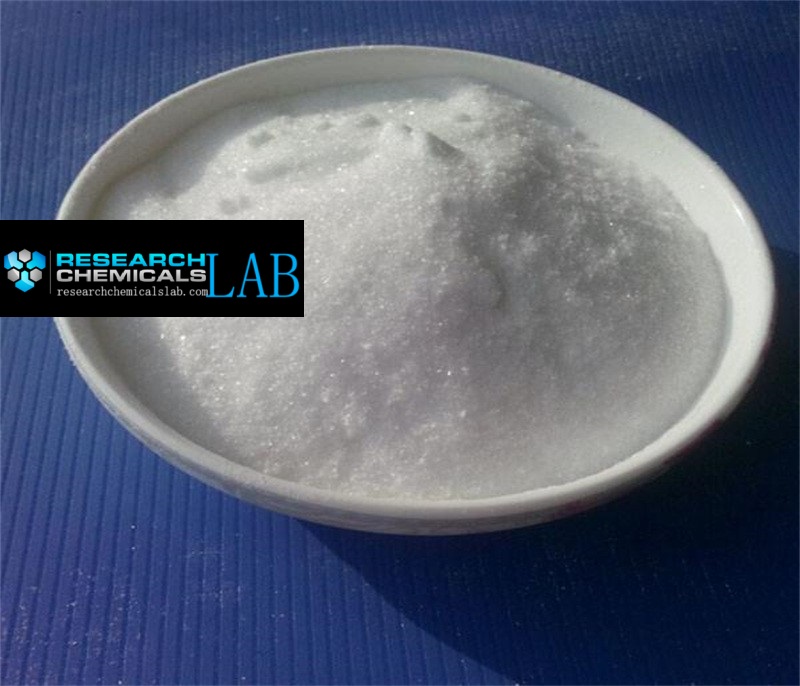
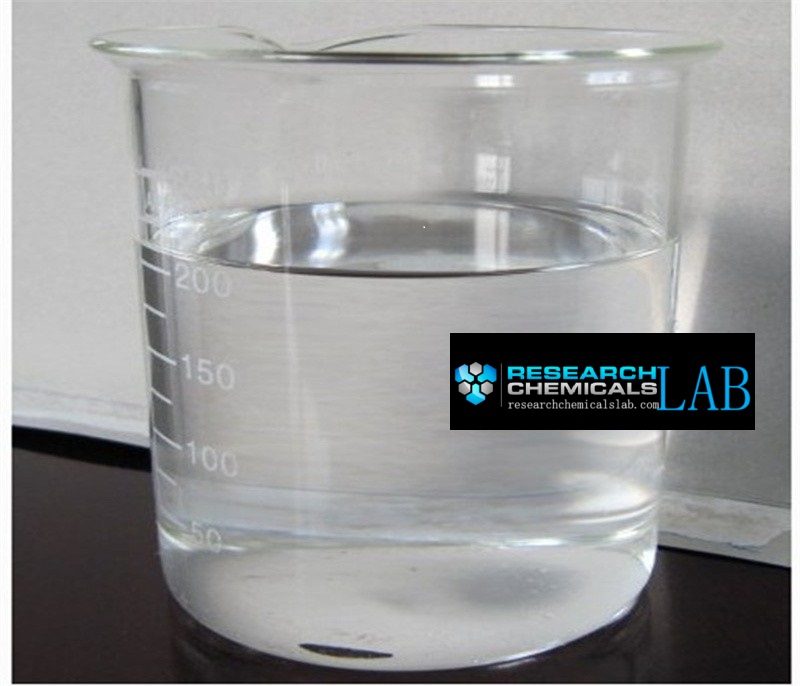
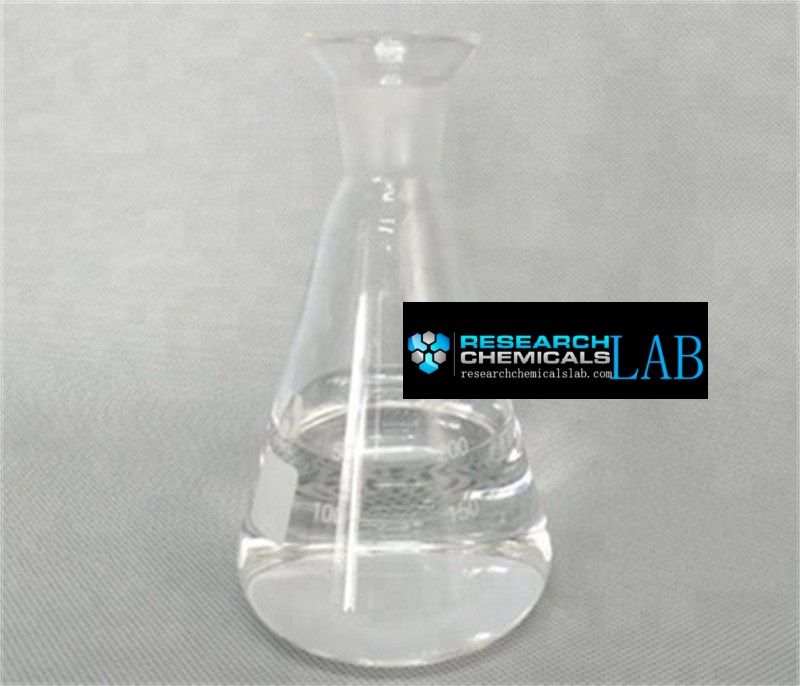
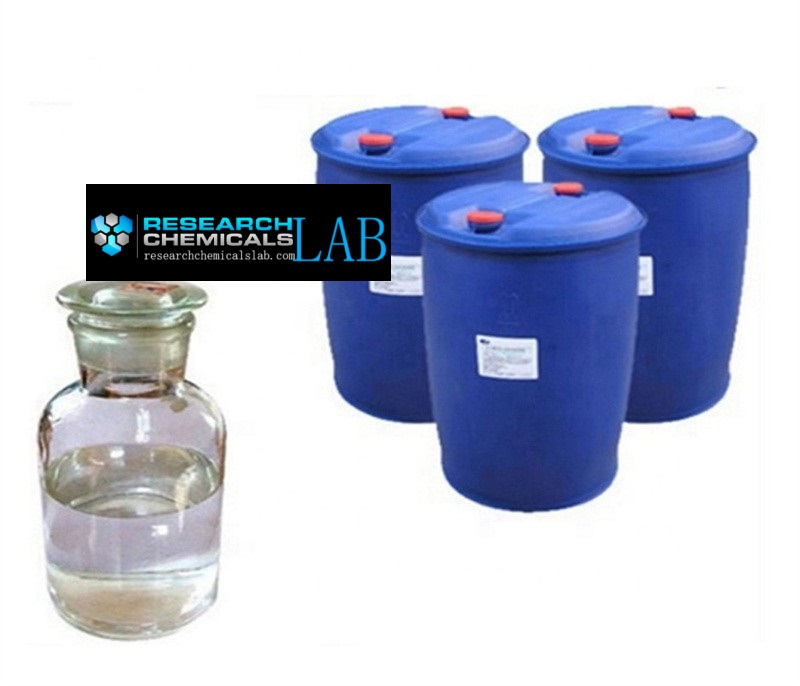
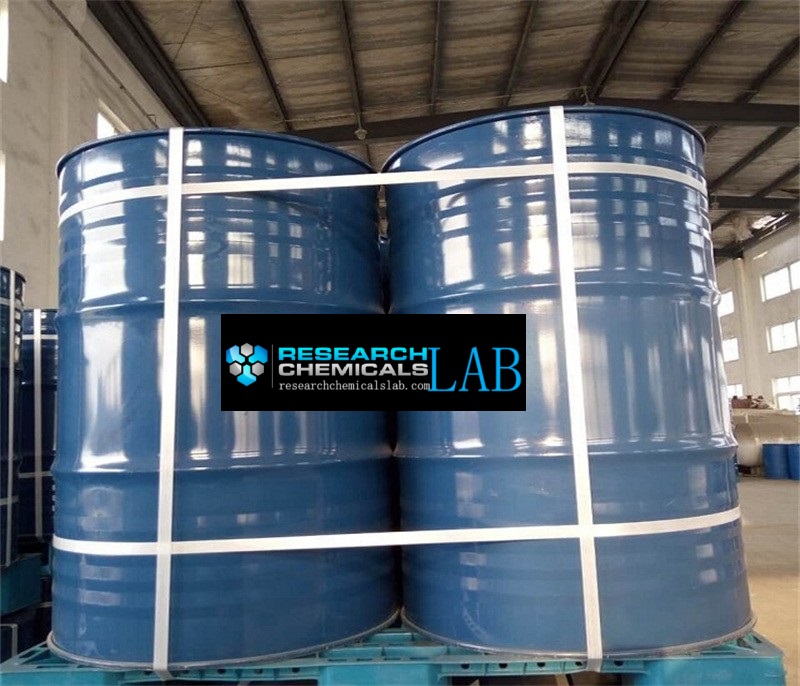
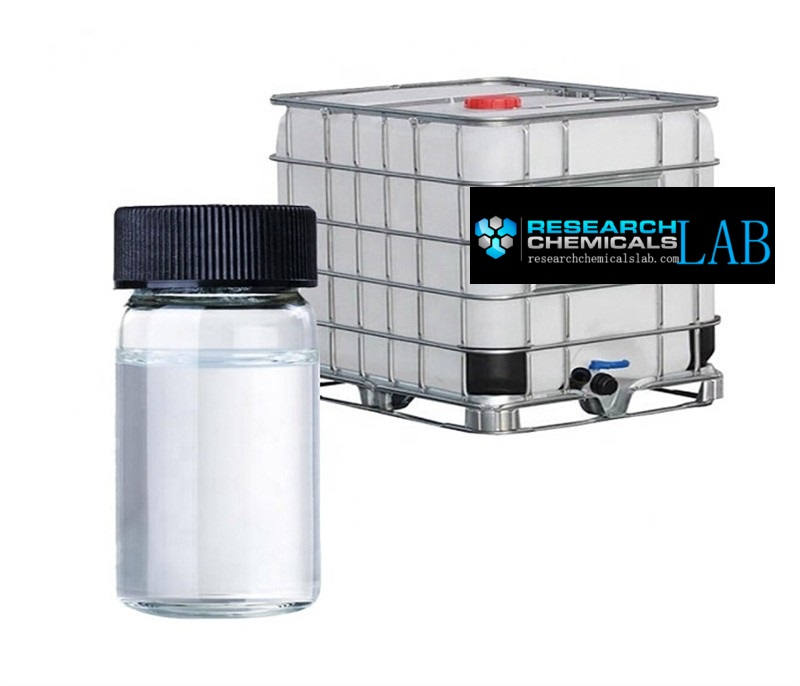
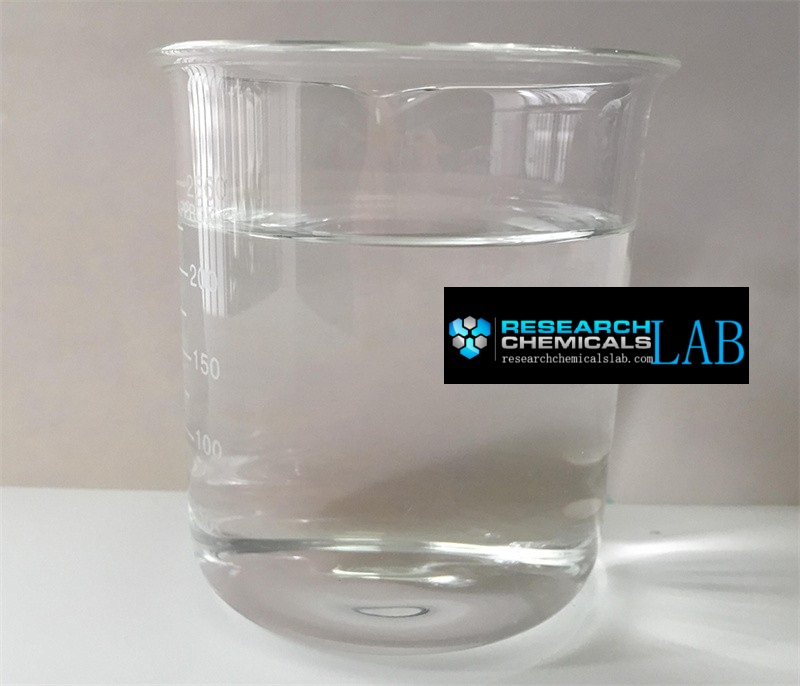
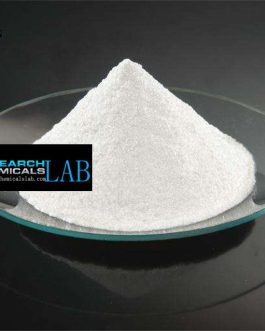
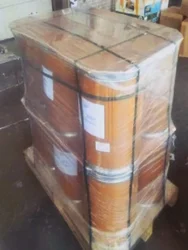
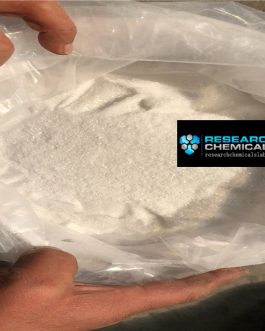
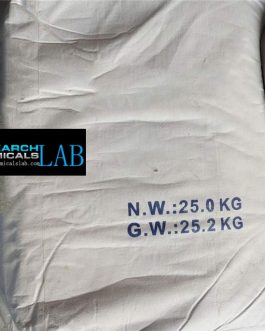
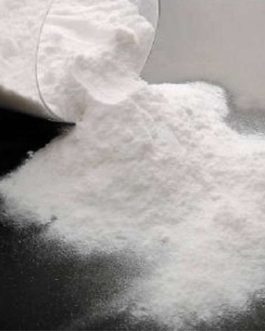
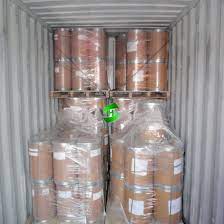
Reviews
There are no reviews yet.